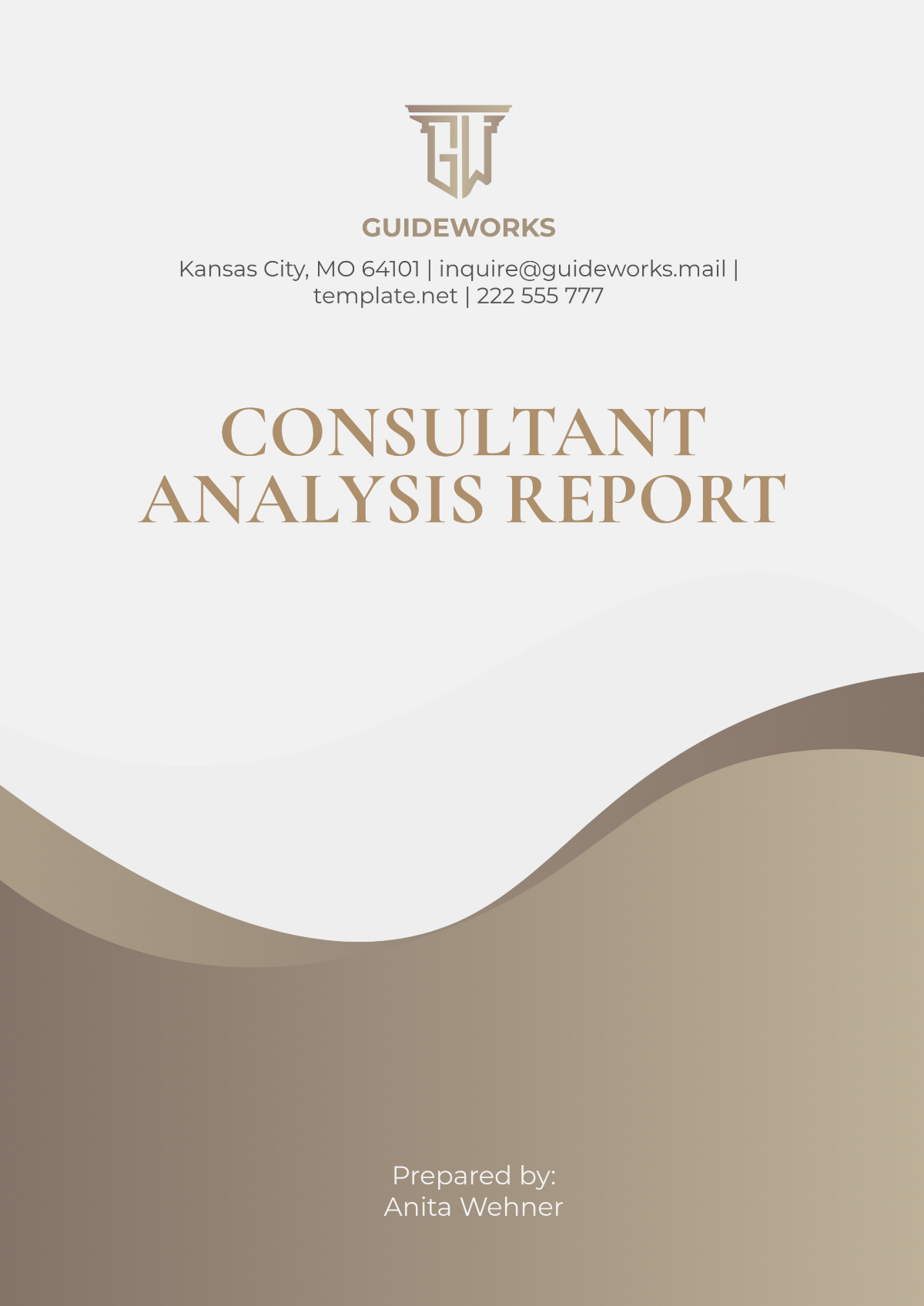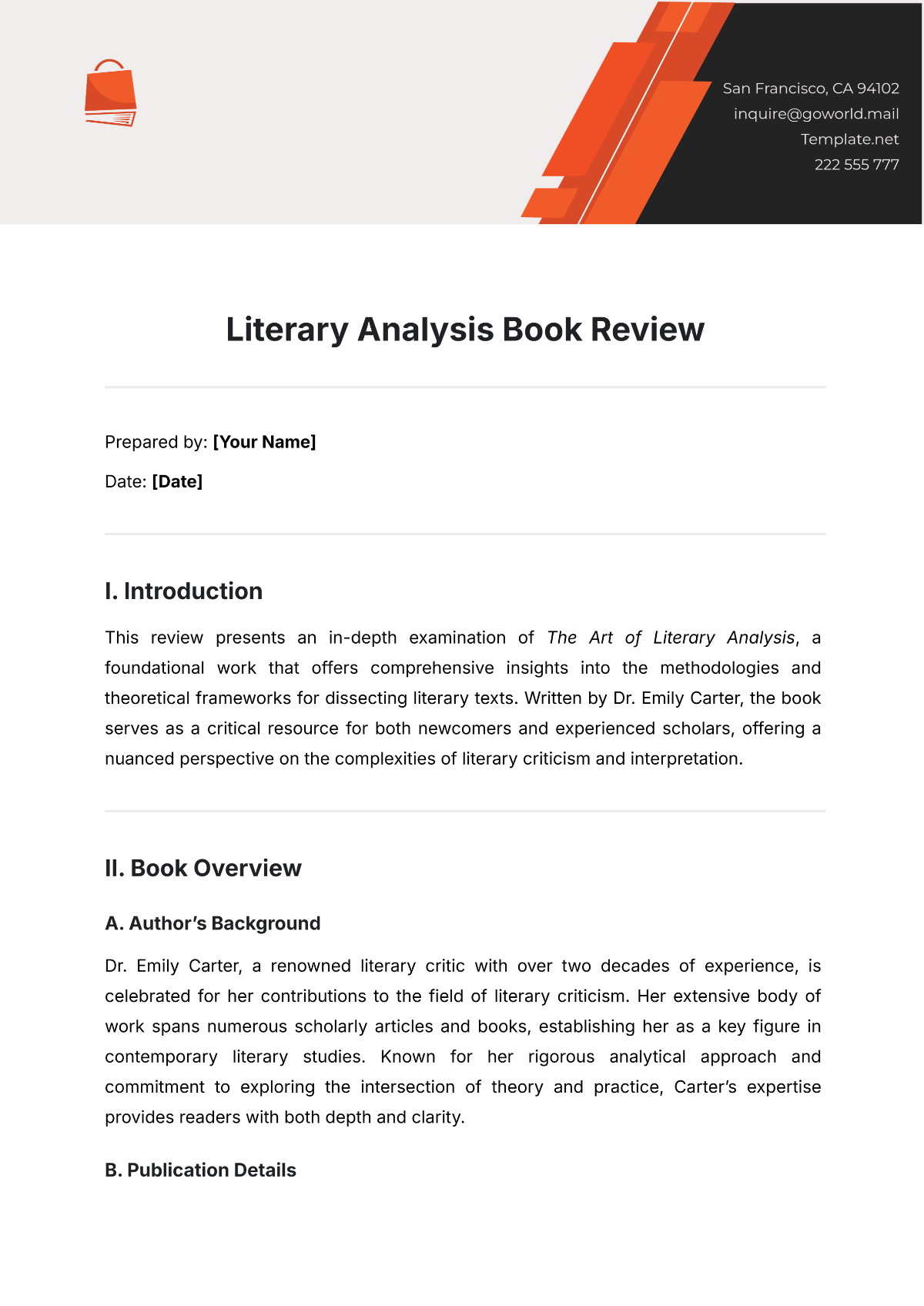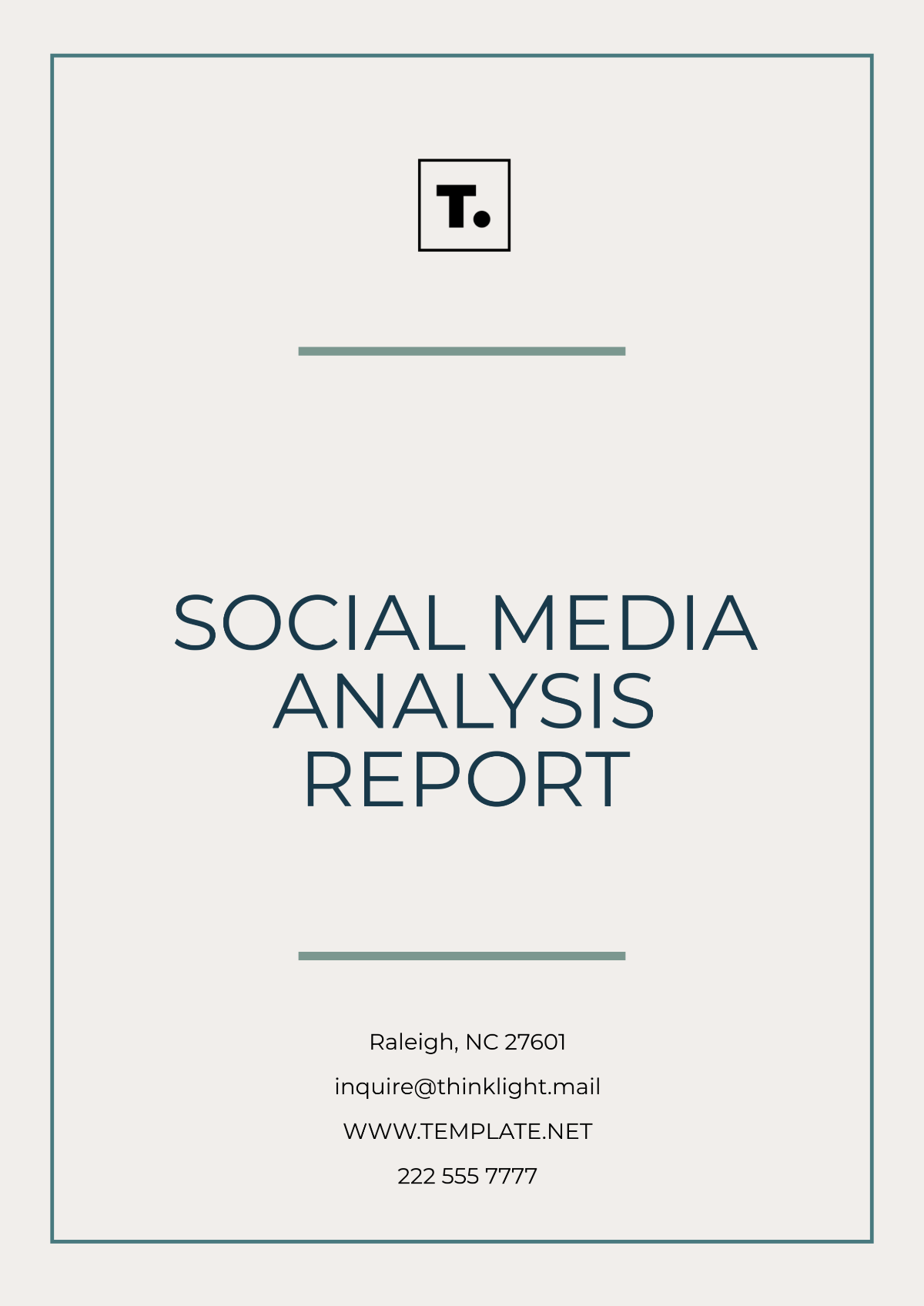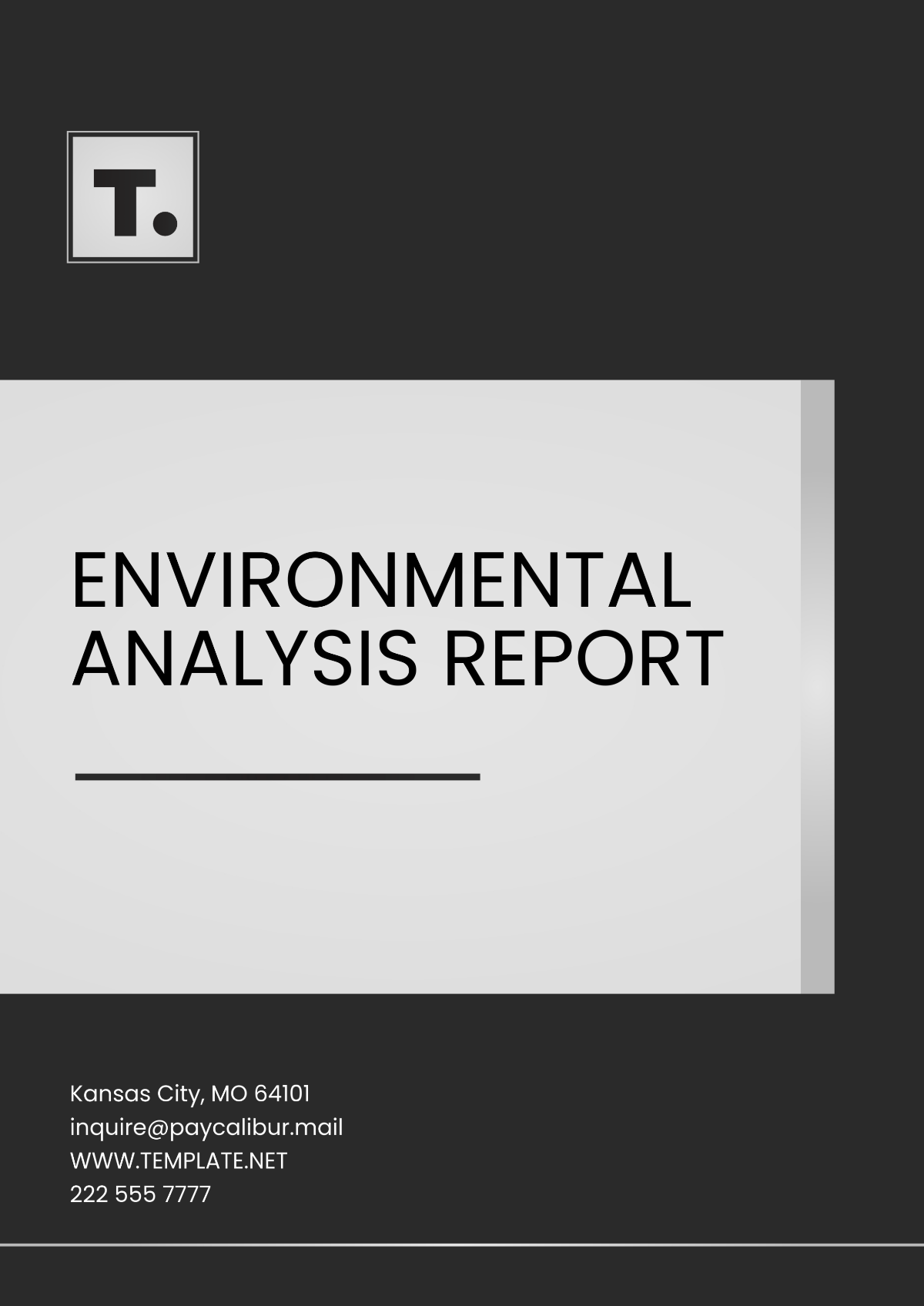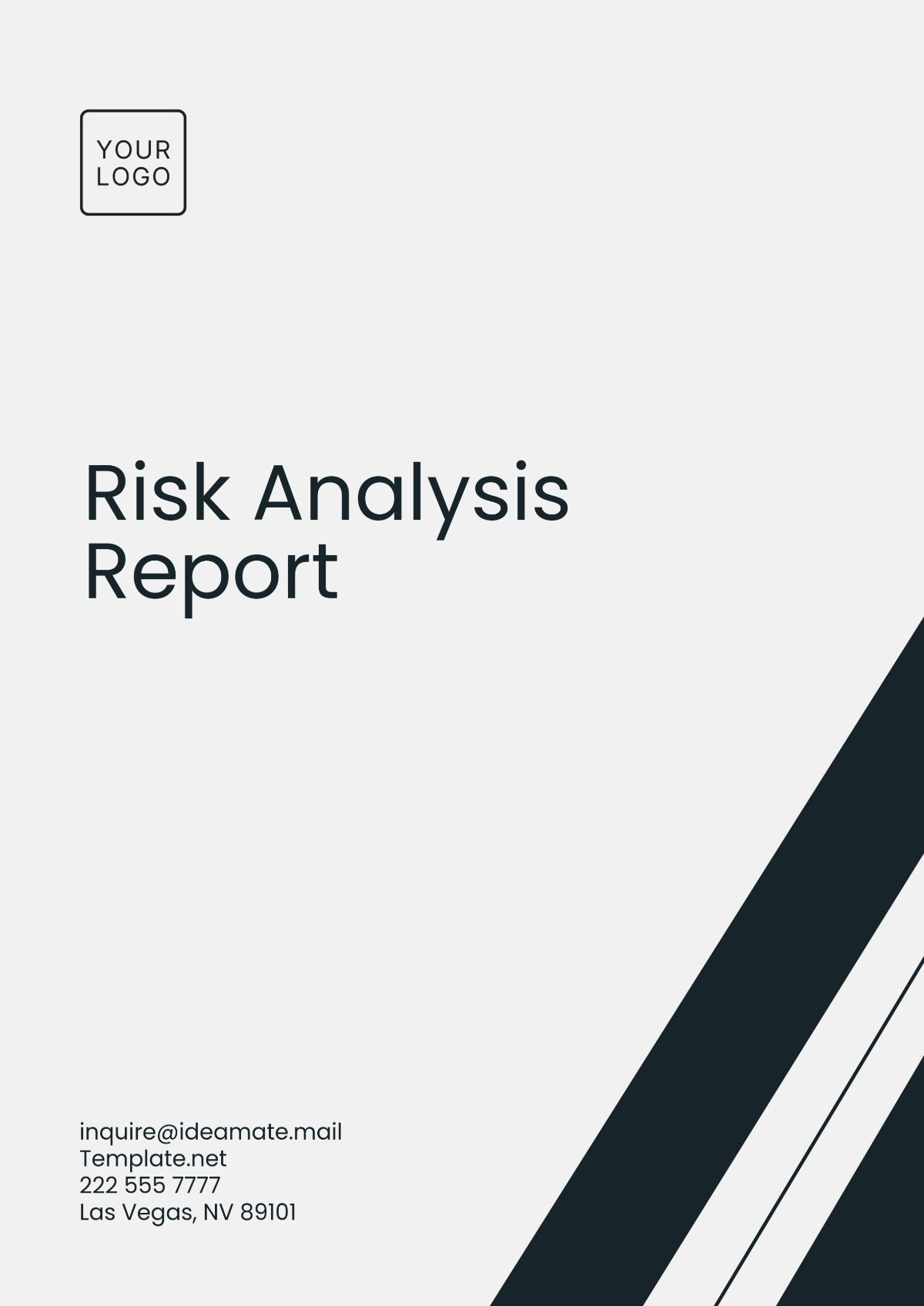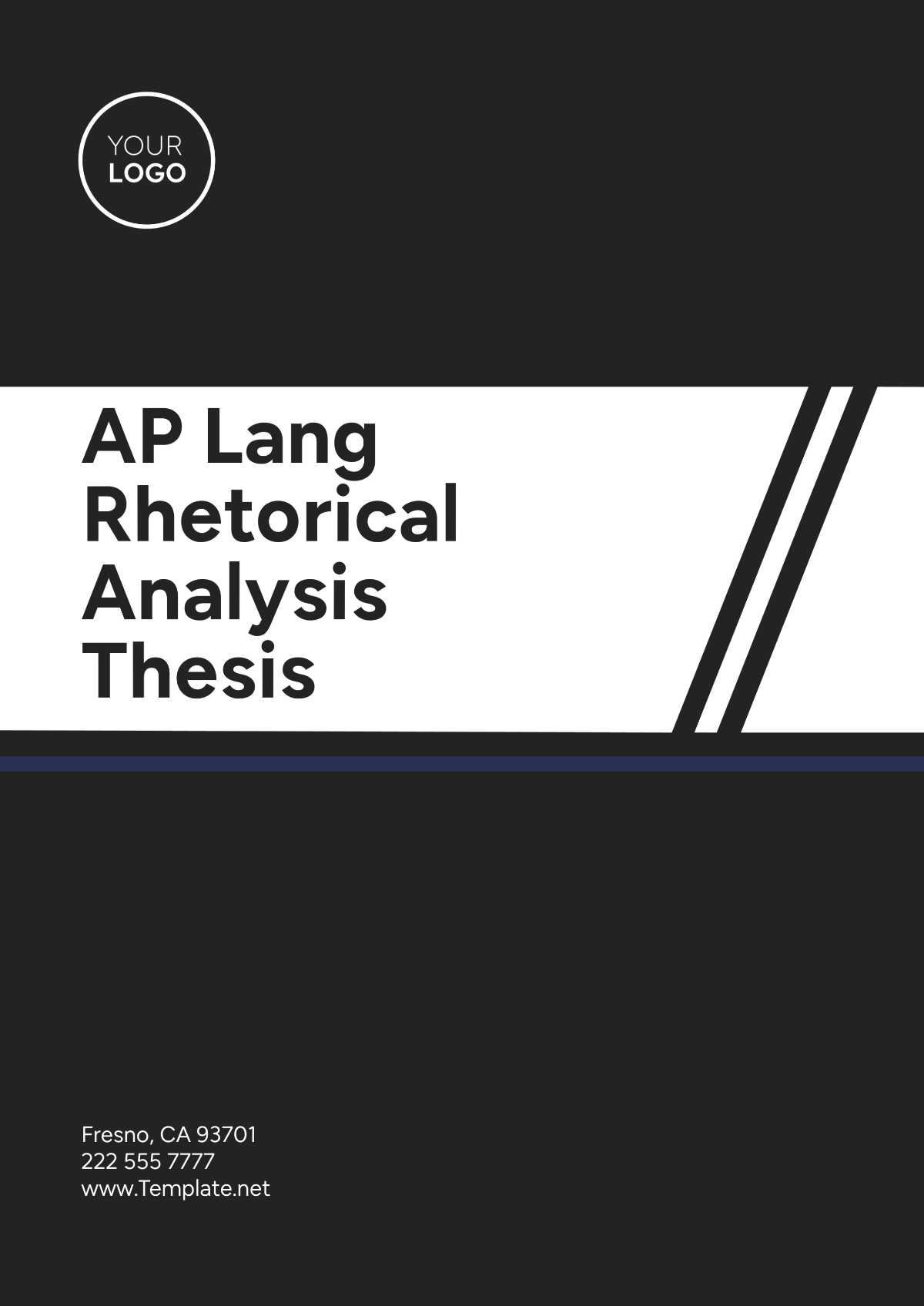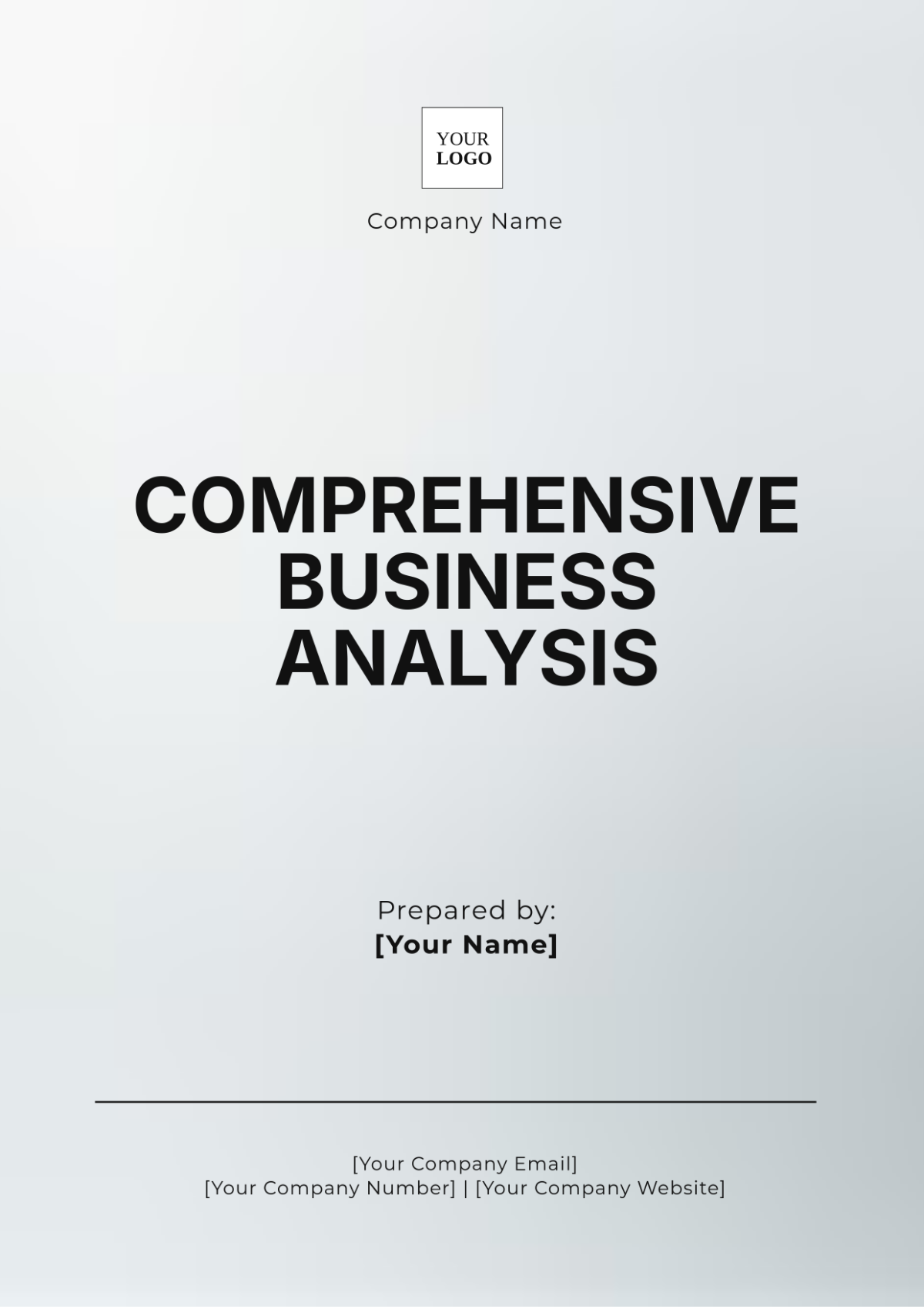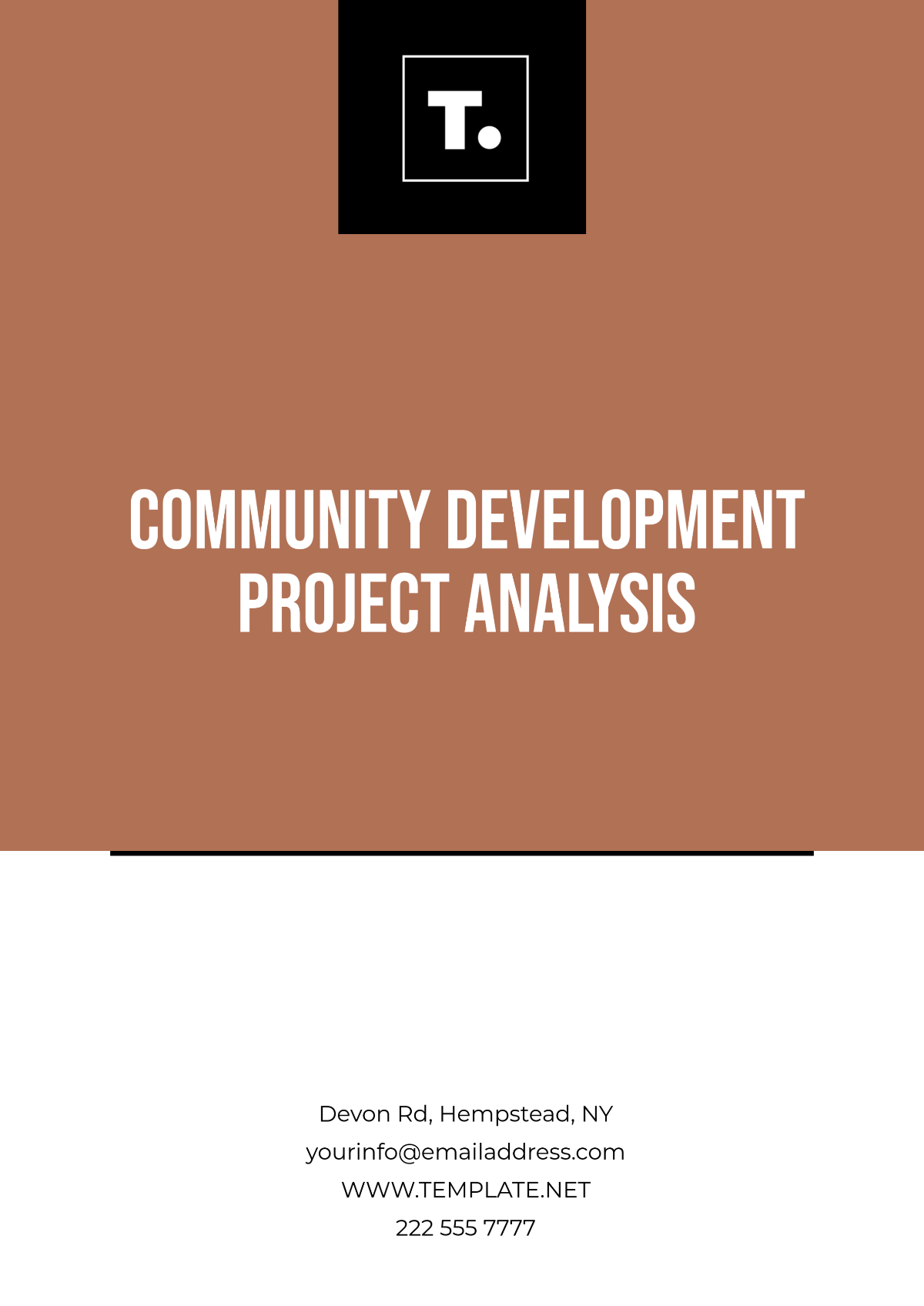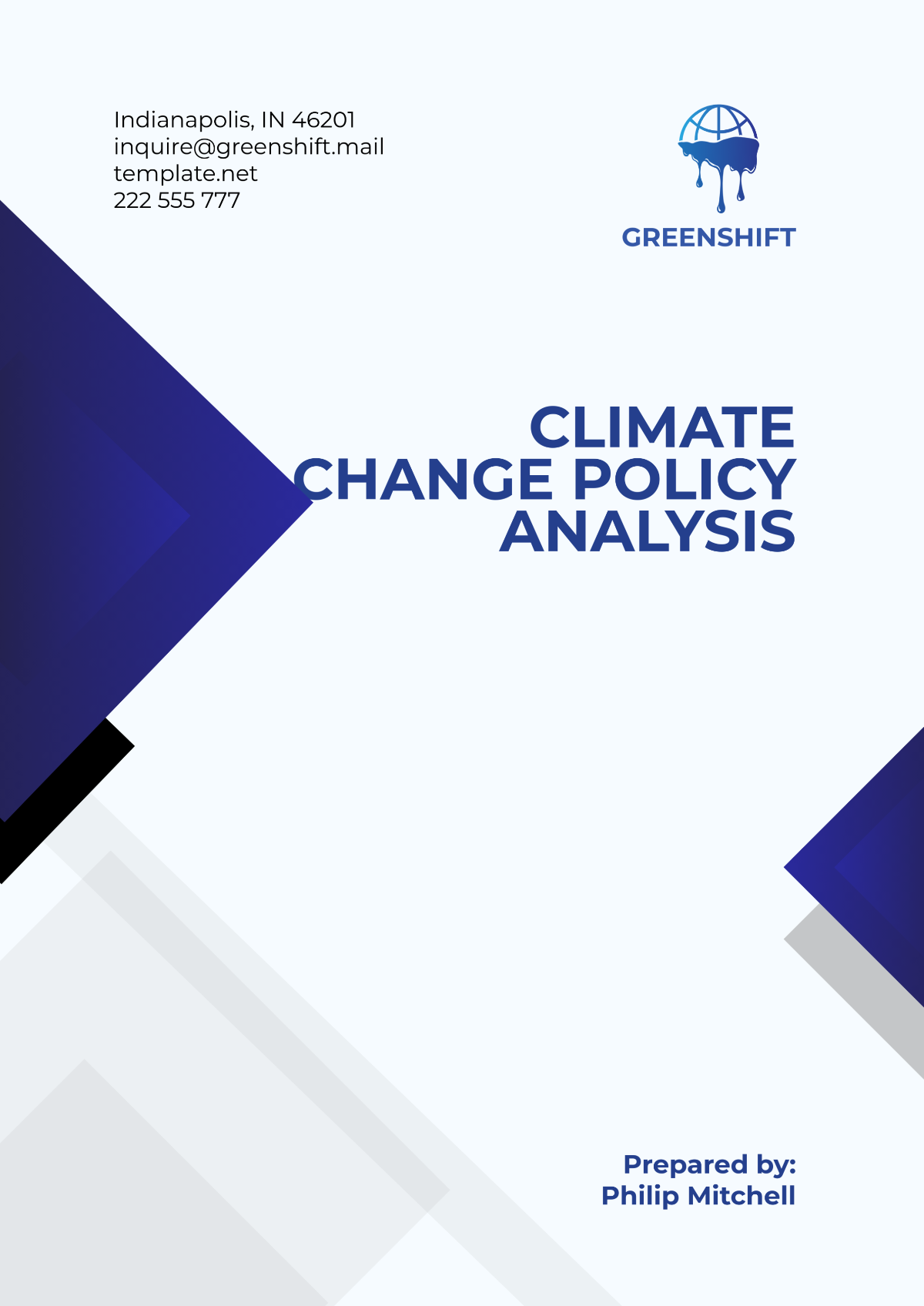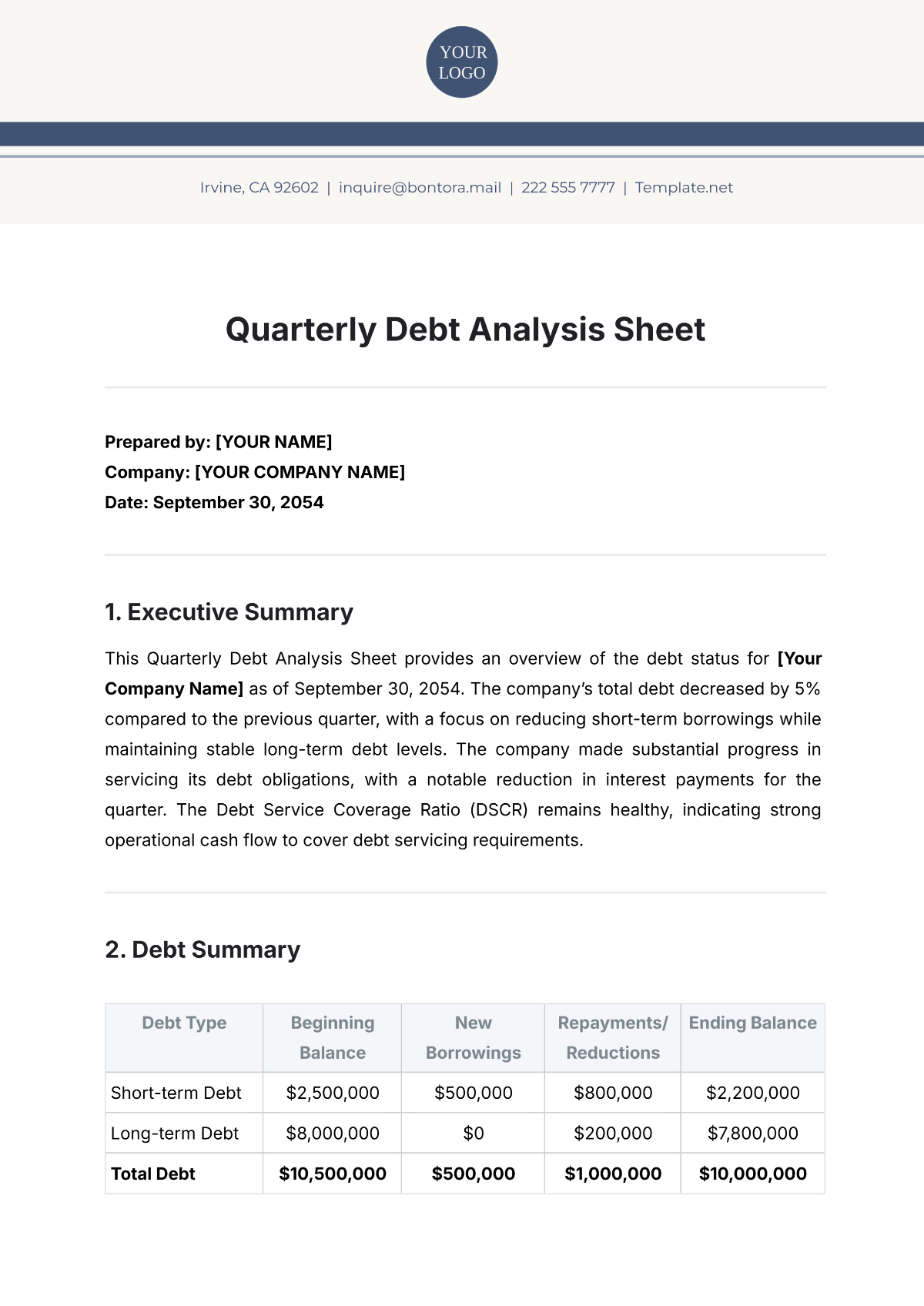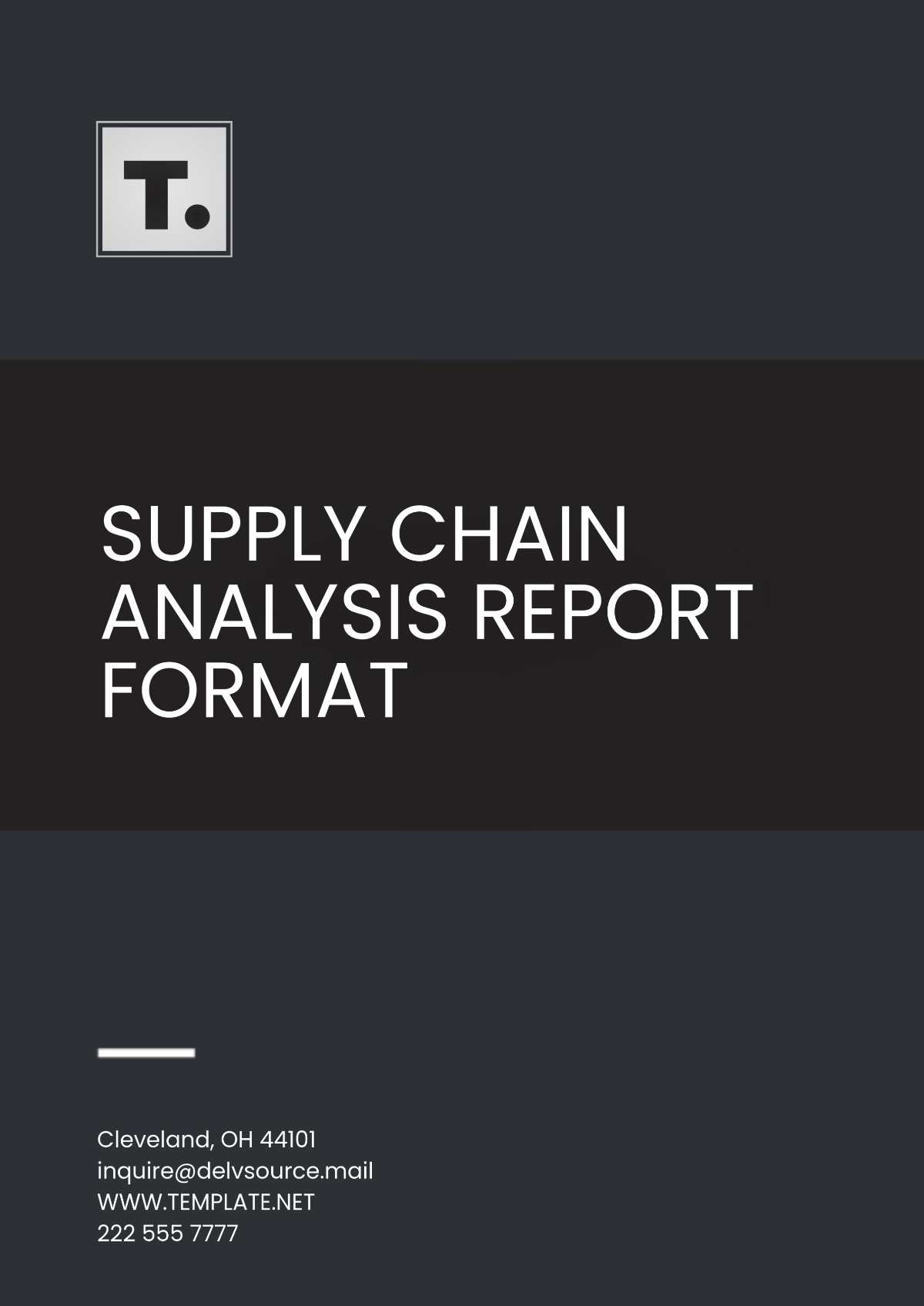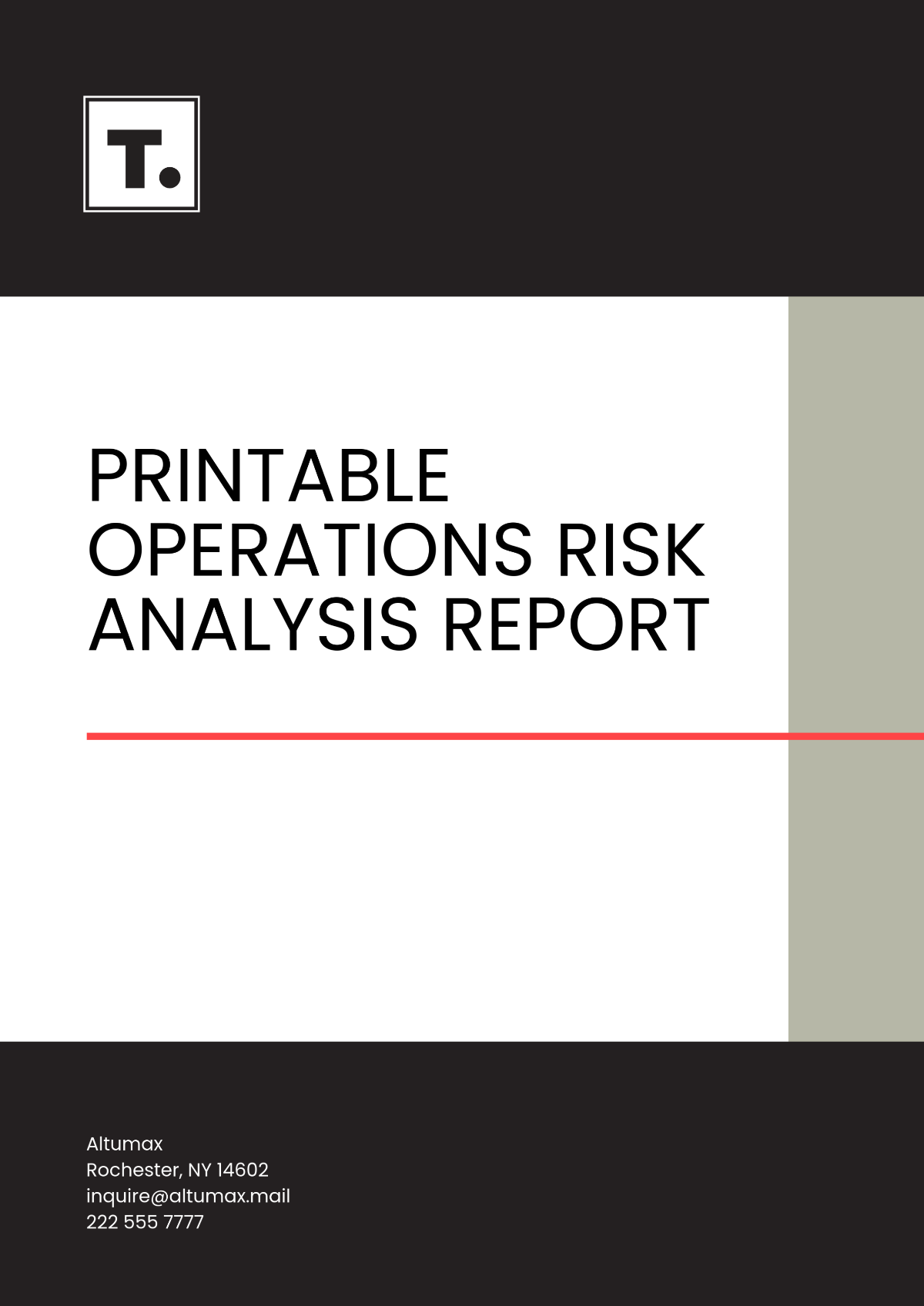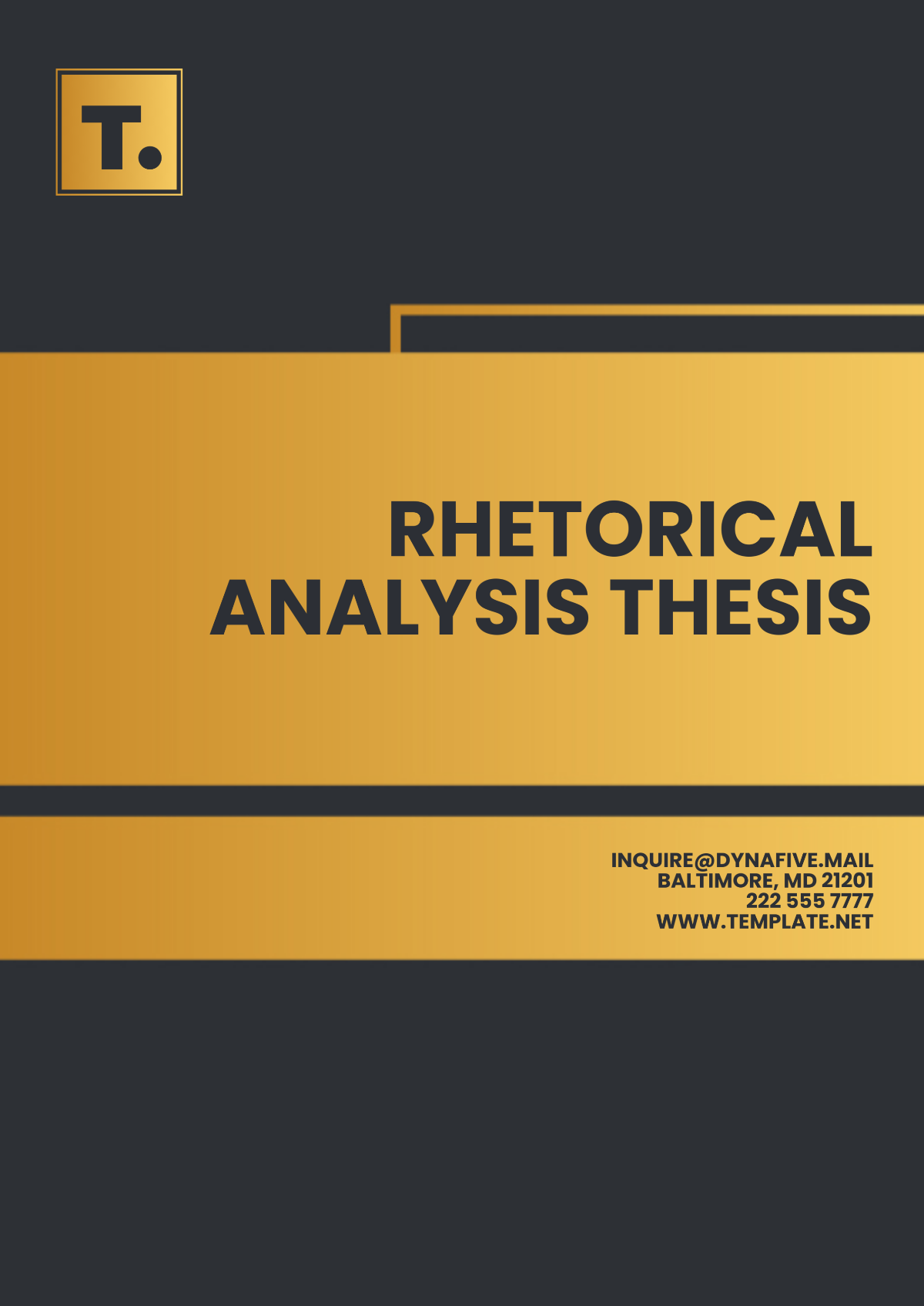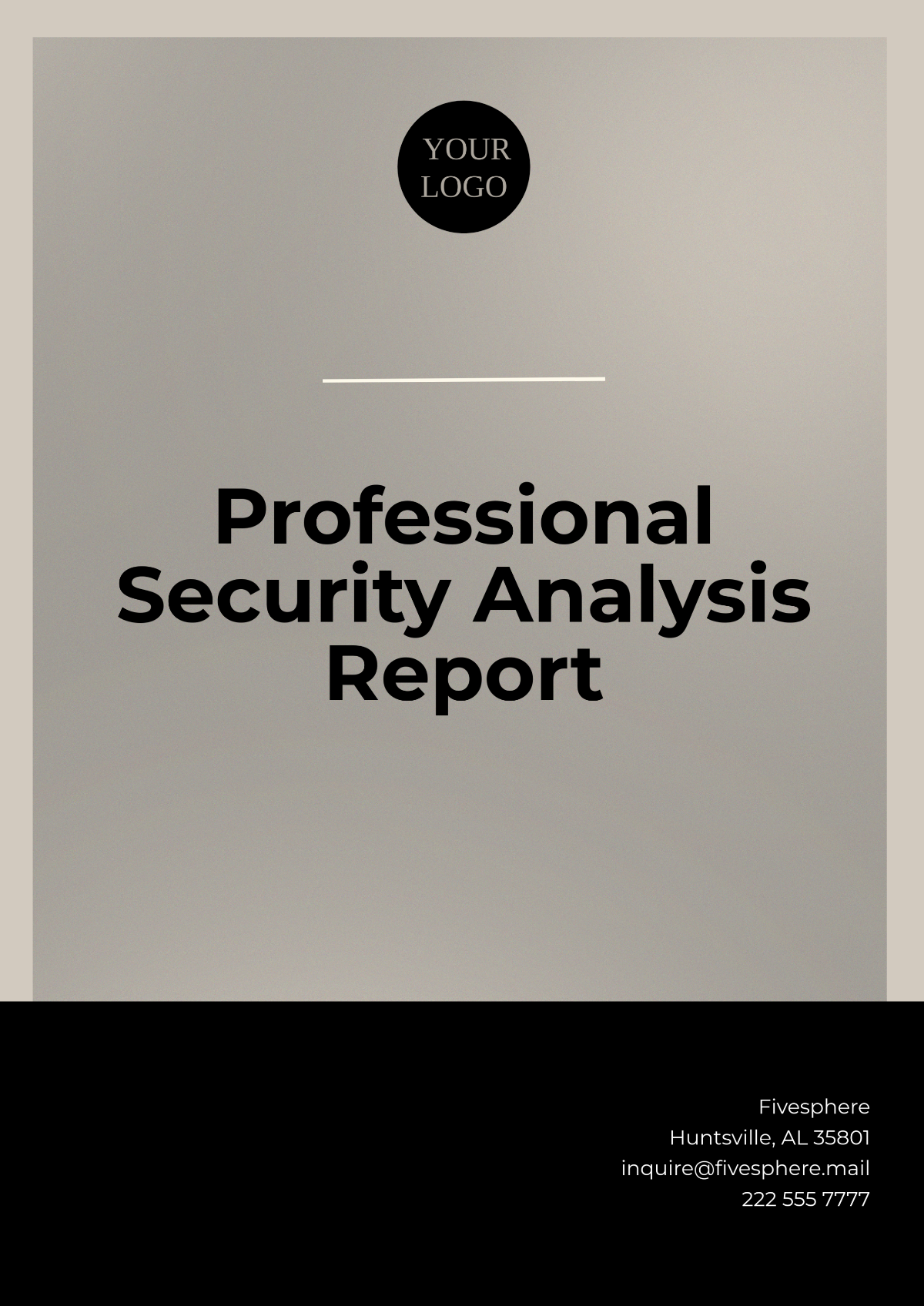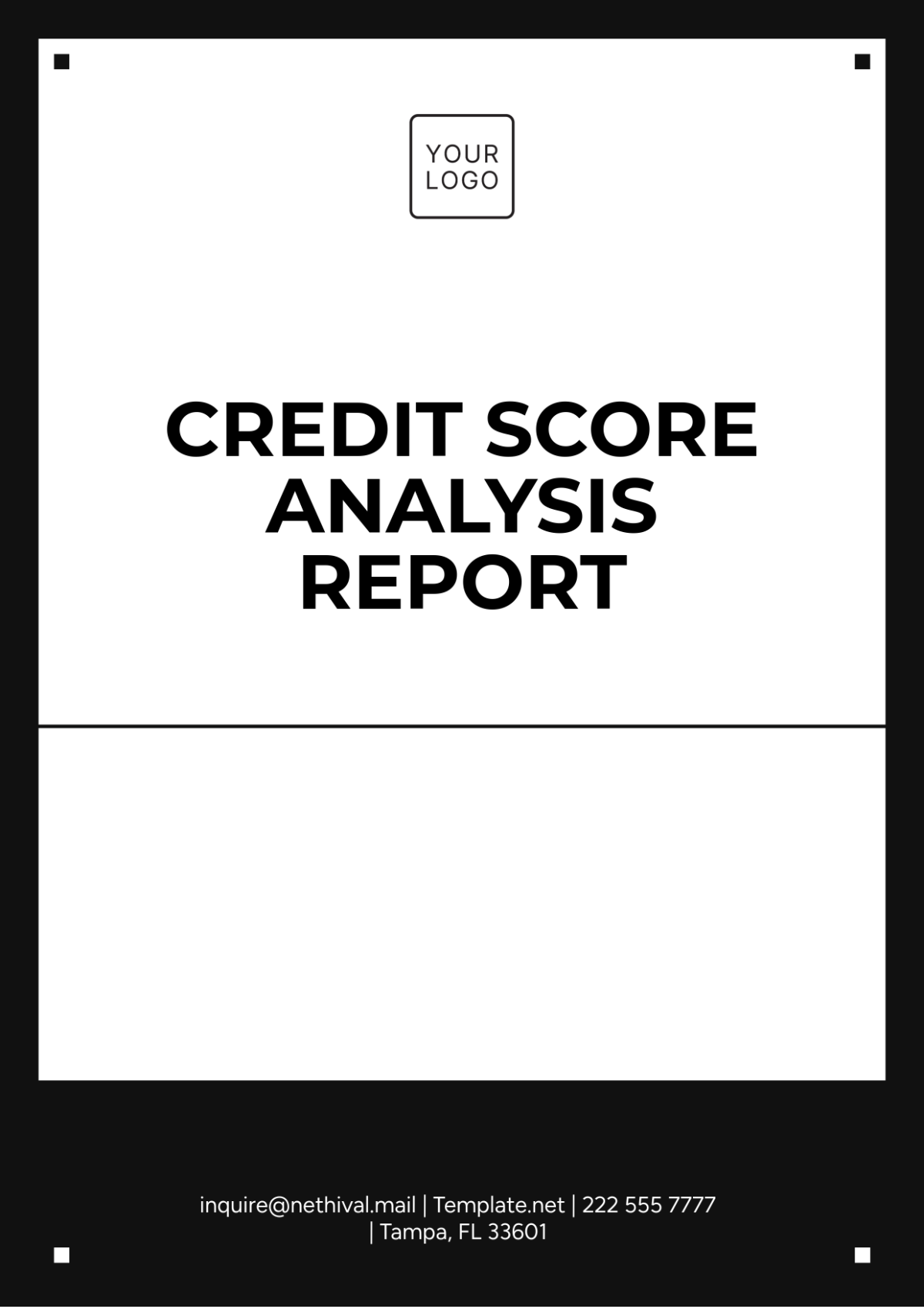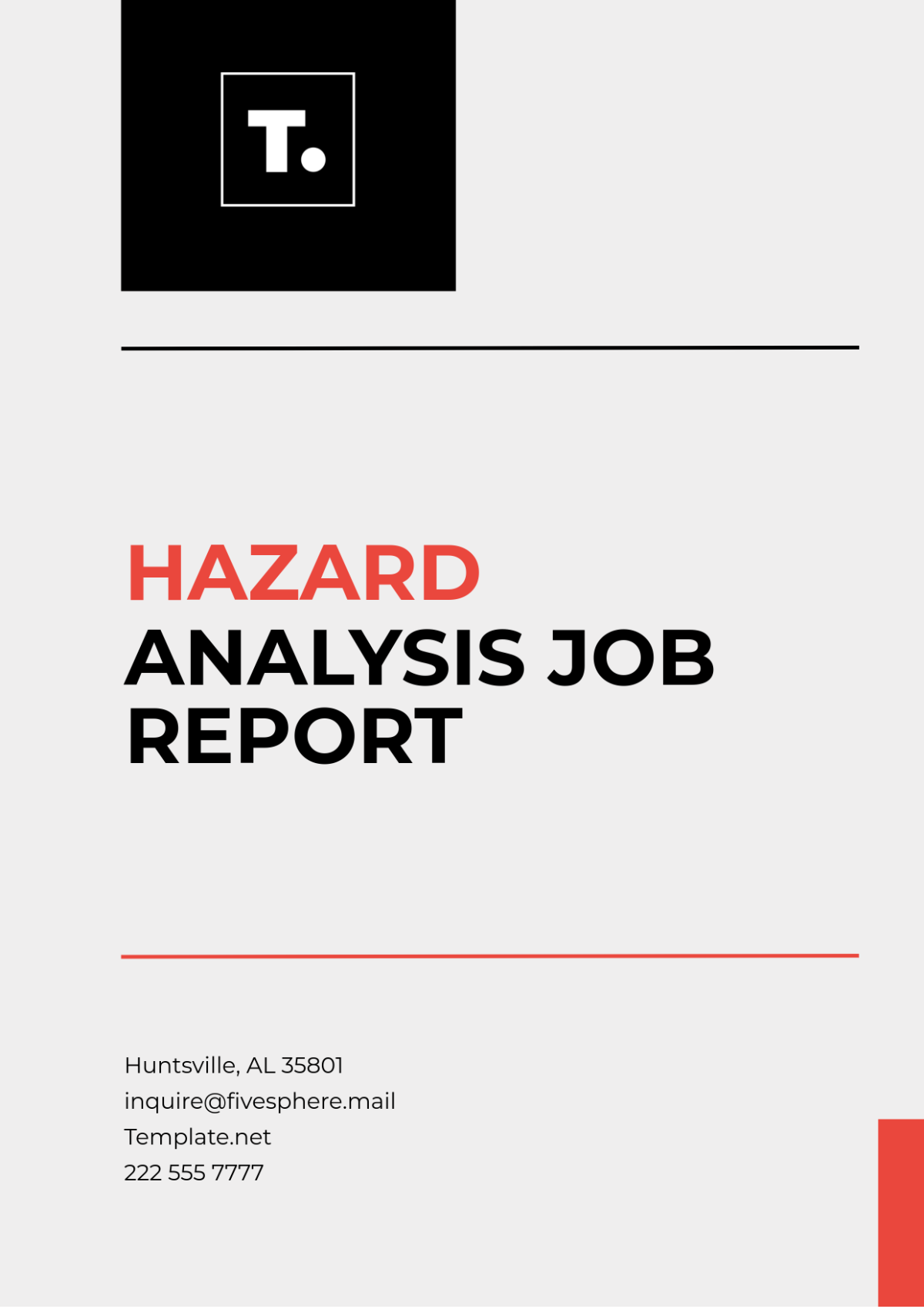Social Inequality Discourse Analysis
Prepared by: [YOUR NAME]
Date: [DATE]
I. Introduction
Social inequality discourse analysis examines how different forms of discourse—such as texts, speeches, media, and other communications—represent, discuss, and construct social disparities. This analysis focuses on how issues related to race, class, gender, ethnicity, and other factors are framed, discussed, and perpetuated. The goal is to understand the underlying narratives and power dynamics that shape perceptions and perpetuate inequalities.
II. Theoretical Framework
A. Definition of Discourse
Discourse refers to written or spoken communication and is instrumental in shaping social realities. In the context of social inequality, discourse analysis investigates how language and communication practices influence and reflect power relations and social hierarchies.
B. Key Concepts in Social Inequality
Social Inequality: Refers to the uneven distribution of resources, opportunities, and privileges among different social groups.
Power Dynamics: How power is distributed and contested within social interactions and institutions.
Representation: How social groups are depicted in discourse and the implications of these representations for their social standing.
III. Methods of Discourse Analysis
A. Textual Analysis
Textual analysis involves examining written documents, articles, and reports to identify how social inequalities are represented. This method focuses on language use, tone, and narrative structure.
Language Use: Analysis of word choice, metaphors, and framing techniques.
Narrative Structure: Examination of how stories and arguments are constructed to highlight or obscure inequalities.
B. Speech Analysis
Speech analysis looks at oral communication, including public speeches, interviews, and debates. This method considers vocal tone, emphasis, and rhetorical strategies.
Rhetorical Strategies: Analysis of persuasive techniques used to address or reinforce social inequalities.
Speech Acts: Examination of how speakers' intentions and expressions contribute to the discourse on inequality.
C. Media Analysis
Media analysis focuses on how social inequalities are represented in various media forms, including news, social media, and entertainment.
Media Framing: How media outlets frame stories about social inequalities, including selection of sources and focus.
Audience Reception: How different audiences interpret and react to media portrayals of social issues.
IV. Representation of Social Inequalities
A. Race and Ethnicity
Race and ethnicity are often framed in ways that perpetuate stereotypes and reinforce existing social hierarchies.
Stereotyping: Analysis of how racial and ethnic groups are depicted in media and public discourse.
Tokenism: Examination of superficial representations that fail to address underlying issues.
B. Gender Inequality
Gender disparities are represented through language and media portrayals that can either challenge or reinforce traditional gender roles.
Gendered Language: Analysis of how language reflects and reinforces gender norms.
Media Portrayals: Examination of how gender roles are depicted in media and the impact on societal perceptions.
C. Class Inequality
Class-based inequalities are often represented in ways that obscure the systemic nature of poverty and wealth disparity.
Economic Discourse: Analysis of how economic issues are framed, including discussions of poverty, wealth, and social mobility.
Class Stereotypes: Examination of how different social classes are portrayed and the implications for public perception.
V. Case Studies
A. Case Study 1: Media Representation of Race
A detailed analysis of how race is represented in mainstream media, focusing on specific examples from news reports, television, and film.
Media Type | Example | Representation | Impact on Audience |
|---|---|---|---|
News Report | Example A | Stereotypical | Reinforces biases |
Television Show | Example B | Tokenistic | Minimizes issues |
Film | Example C | Diverse | Challenges norms |
B. Case Study 2: Gender in Political Discourse
An examination of how gender issues are discussed in political speeches and debates.
Speech/Source | Gender Framing | Rhetorical Strategies | Effect on Public Perception |
|---|---|---|---|
Speech A | Traditional roles | Emotional appeals | Reinforces stereotypes |
Debate B | Progressive views | Policy-focused arguments | Promotes equality |
VI. Implications
A. Implications for Policy and Practice
Understanding how social inequalities are represented can inform policymaking and advocacy efforts by highlighting gaps and opportunities for more equitable representations.
B. Future Research Directions
Further research could explore emerging forms of discourse, such as digital platforms and global communication, to continue advancing the understanding of social inequalities.
VII. Conclusion
Discourse analysis of social inequality provides valuable insights into how power dynamics and social hierarchies are perpetuated through communication. By examining various forms of discourse, researchers can better understand and address the underlying factors contributing to social disparities.
This extensive analysis aims to offer a comprehensive overview of how social inequalities are constructed and represented across different discourses, ultimately contributing to a deeper understanding of their societal impact.








